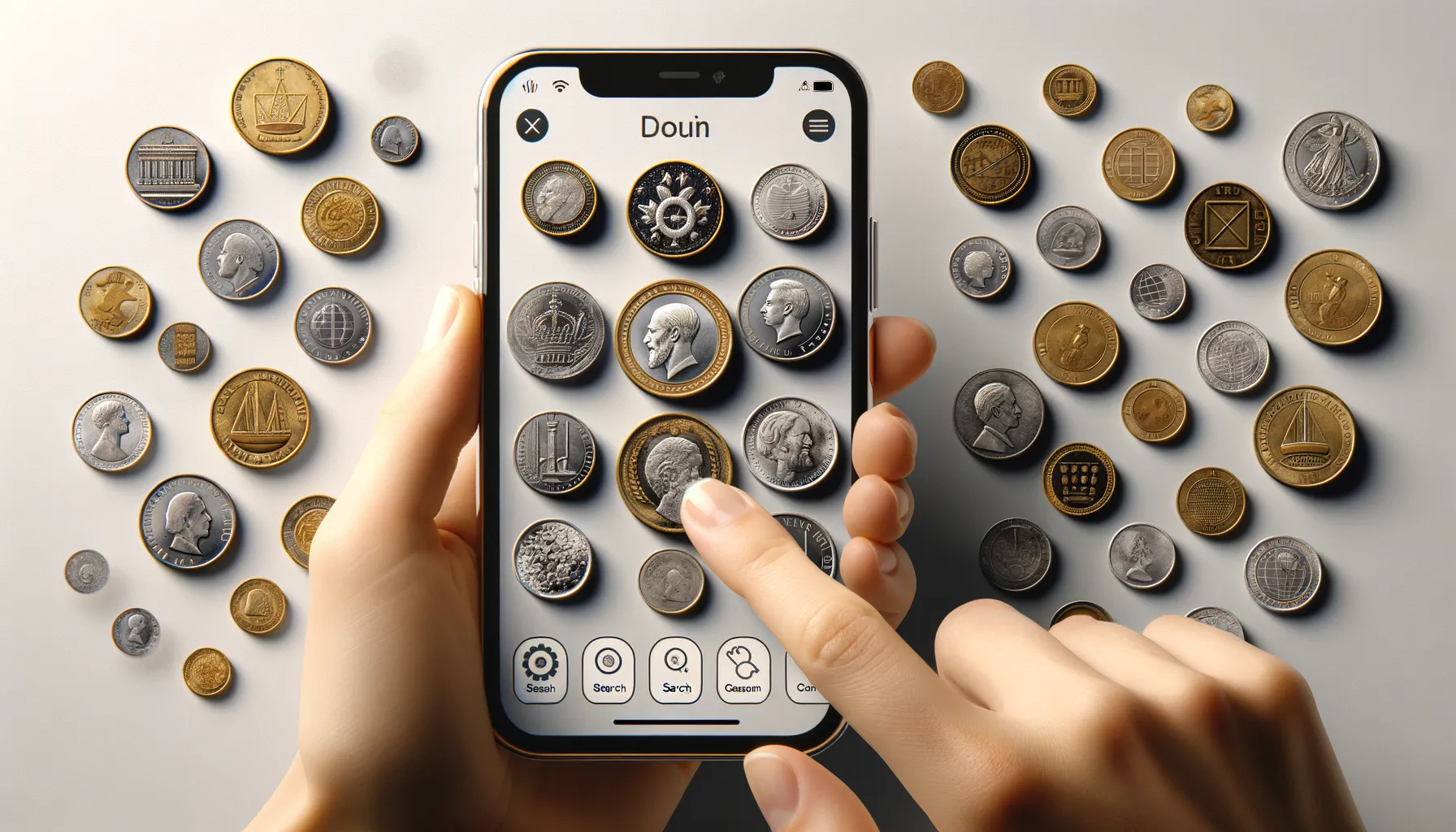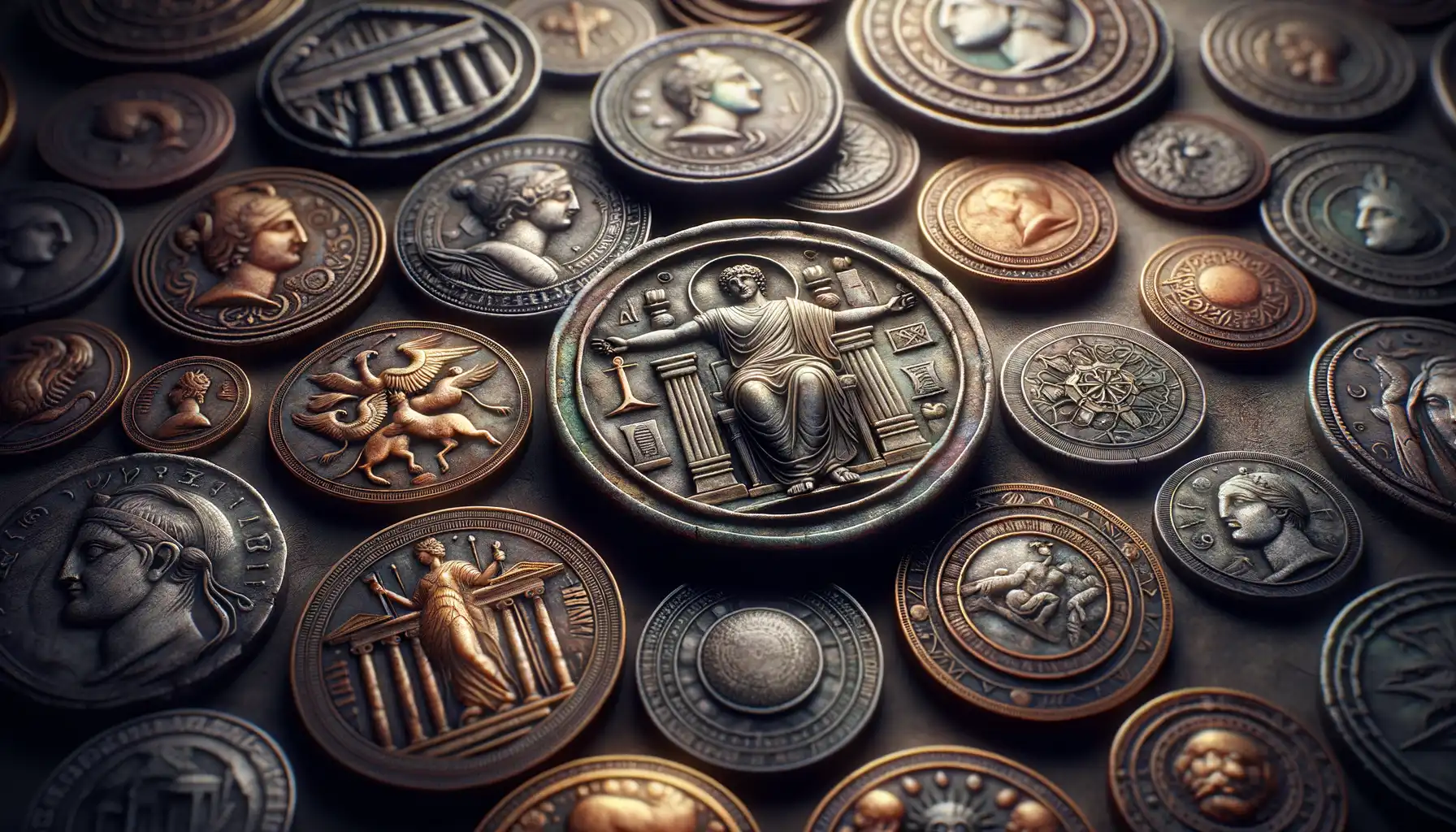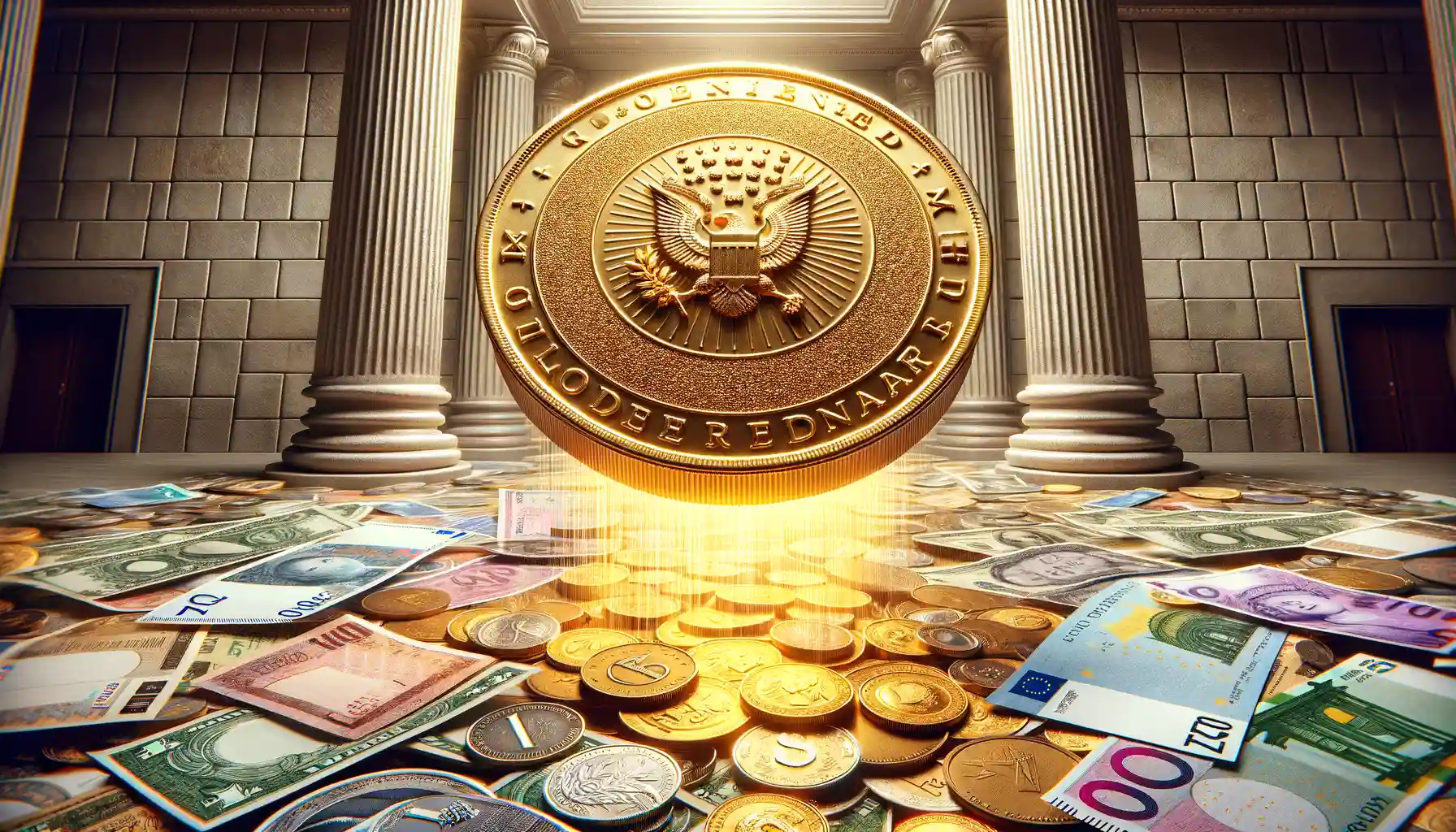Understanding the Basics of Coin Identification
Why Coin Details Matter More Than You Think
Identifying a coin is like unlocking a hidden treasure chest—each detail tells a story waiting to be uncovered. But where do you begin? It’s all about knowing what to look for and understanding why these tiny clues matter.
Start by examining the coin’s date and mintmark. The numbers and little letters might seem insignificant, but they can mean the difference between a common coin and one worth thousands. Next, pay close attention to the material, as it whispers secrets about its age and origin—gold, silver, copper, or even nickel all have their stories to tell.
And don’t underestimate the power of a good magnifying glass! Look for fine details like inscriptions, edge designs, and even the condition of the coin. A pristine surface might scream rarity, while heavy wear could point to its centuries-old journey through countless hands.
- Obverse vs. reverse: Know which side holds what information.
- Don’t overlook the rim—it can carry lettering or subtle errors that boost value.
Coins have personalities, quirks, and unique identities. Start small, observe keenly, and let curiosity lead the way!
Top Free Online Platforms for Rare Coin Identification
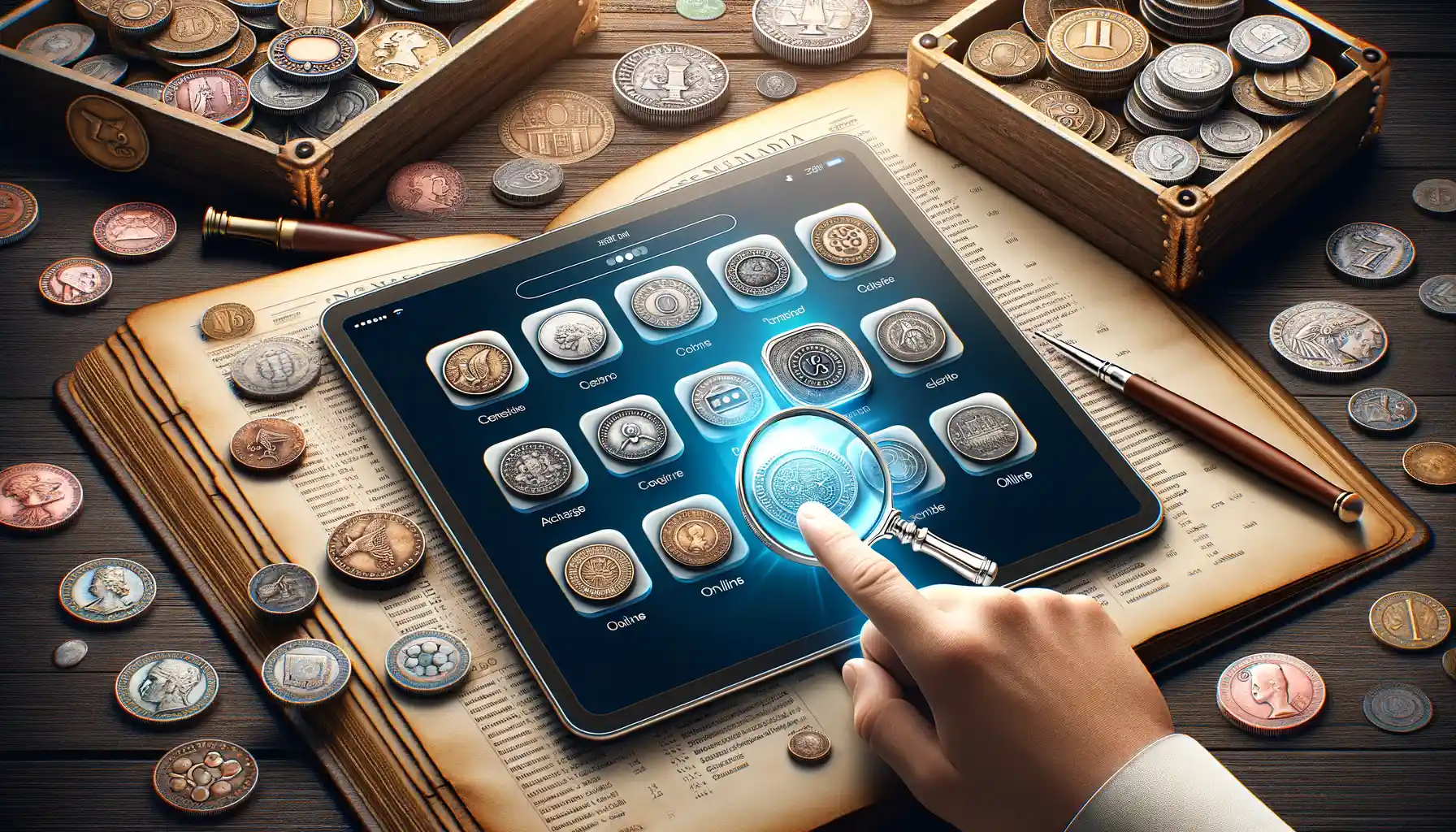
Unleashing the Power of Free Coin Identification Tools
Imagine this: you stumble upon an unusual coin with elegant markings and a mysterious history, and your curiosity immediately ignites. But where do you turn to uncover its secrets? Thankfully, several free online platforms are at your fingertips, turning coin mysteries into fascinating tales waiting to be told.
One standout is Numista, offering an intuitive way to identify coins based on details like material, shape, or year. Its vast, crowd-sourced database feels like a digital treasure chest, brimming with global numismatic gems.
For visual learners, the AI-driven brilliance of Coinoscope takes things to the next level. With just a snap of a picture, this app whisks you through its archives to match your coin’s image. It’s like having a virtual coin detective right in your pocket.
Let’s not forget the dependable NGC Coin Explorer. Perfect for narrowing down professional-grade descriptions and minting details, it’s a favorite among collectors refining their knowledge.
- PCGS Coinfacts: Dive into high-resolution images of rare coins.
- Colnect: A collector’s paradise featuring a customizable search.
No matter your level of expertise, these platforms make identifying rare coins an adventure, not a chore. Ready to unlock your coin’s story?
Physical Resources and Guides for Identifying Rare Coins
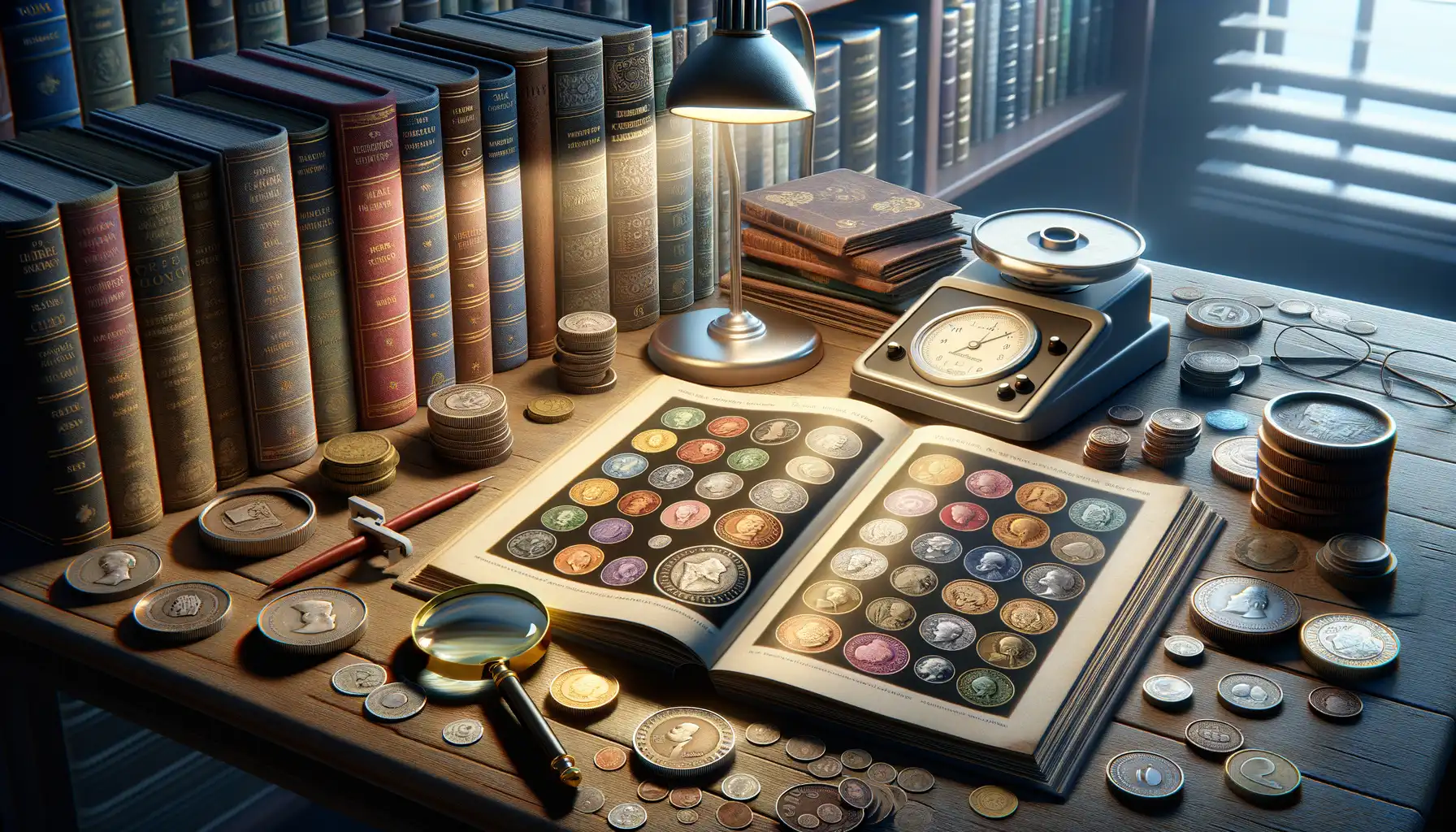
Old-School Tools Every Coin Enthusiast Needs
There’s something undeniably special about holding a physical guidebook or tool in your hands while identifying a rare coin. It feels like stepping back in time, connecting with hundreds of years of history. When it comes to rare coins, some of the most trusted resources aren’t on a screen—they’re right at your fingertips.
Invest in a high-quality magnifying glass or, even better, a jeweler’s loupe. The devil, as they say, is in the details, and that tiny mint mark or subtle variation might be what transforms a coin into a treasure. A soft light source, like an LED desk lamp, can also work wonders for spotting hidden features without casting harsh shadows. And let’s not forget the indispensable coin caliper—because size really does matter when identifying precise coin varieties.
The Best Guidebooks to Hold and Keep
Nothing beats flipping through the pages of a reliable handbook. Consider these must-haves:
- “A Guide Book of United States Coins” (The Red Book) – The ultimate coin Bible, perfect for U.S. coin fans.
- “Standard Catalog of World Coins” – A heavyweight guide for global treasures. Think of it as your ticket to worldwide adventures.
Each tells its own story—pages worn with use feel like they’ve absorbed the magic of every collector who came before you.
Expert Communities and Forums for Coin Enthusiasts
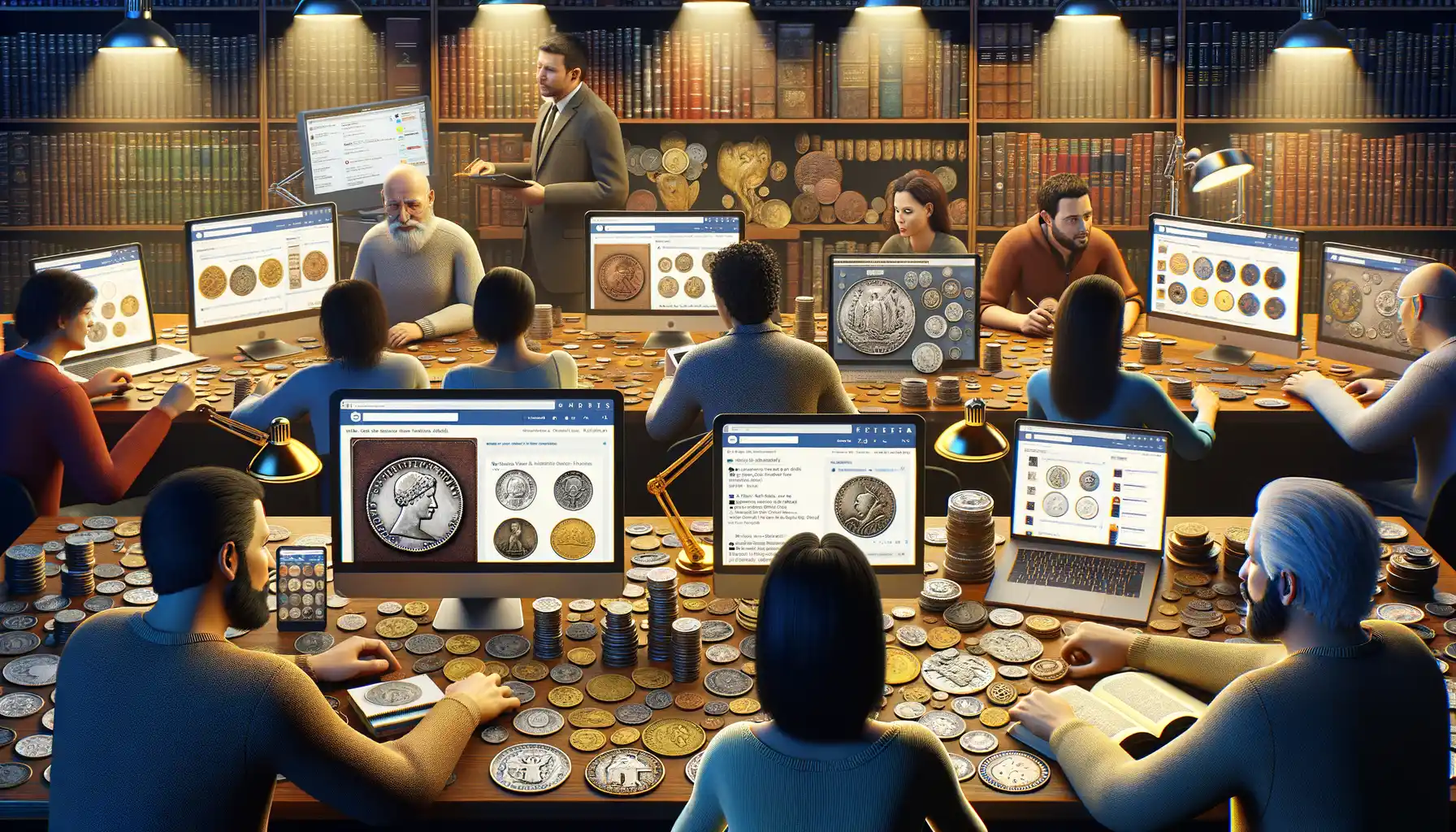
Where Passionate Collectors Gather
Imagine stepping into a buzzing room where every single person shares your love for coins. That’s what engaging with expert communities and forums feels like—but online! These digital hubs are goldmines for anyone hunting down rare coin insights or craving camaraderie with fellow numismatists.
In these spaces, you’ll find seasoned collectors who’ve studied coins for decades, eager novices taking their first steps, and everyone in between. Whether you’ve got an unusual mint mark stumping you or you want to debate the beauty of a certain coin design, there’s a corner of the internet waiting for you. Some forums even offer features like “coin of the day” posts or specialized threads for historical eras.
- CoinTalk: A welcoming vibe meets expert-level advice. Spot counterfeit coins? They’ve seen it all.
- NumisSociety: Think exclusive club, but free. Perfect for deep dives into international coins!
- Reddit’s r/coins: Fast, crowd-sourced wisdom mixed with lighthearted exchanges about hidden treasures.
Beyond practicality, these spaces remind us why we collect. Every post is a story, every thread a shared journey.
Tips for Accurate Coin Identification and Avoiding Pitfalls
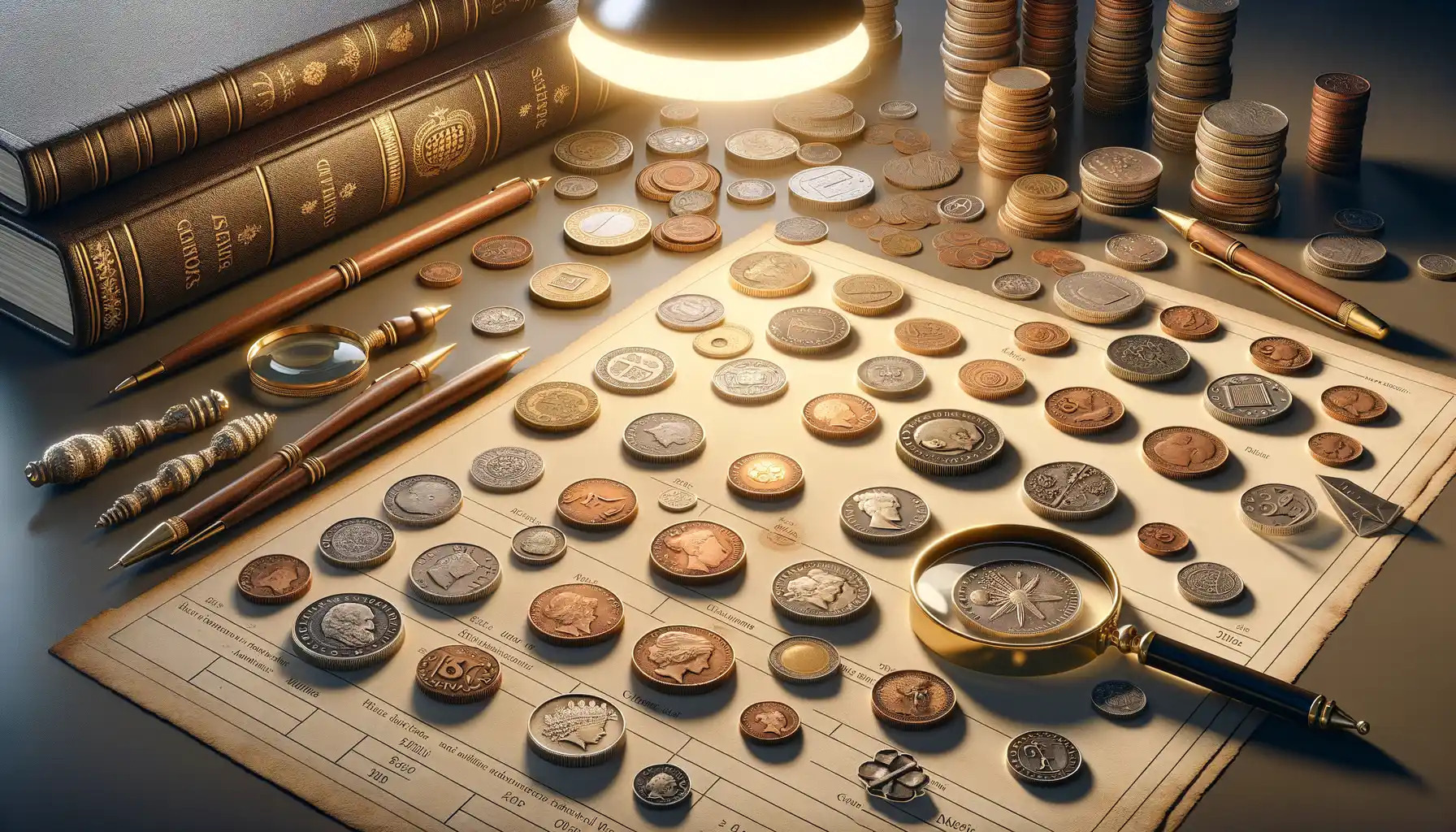
Common Mistakes to Watch Out For
Picture this: You’re holding a coin that feels like a key to history. It could be a gem, but one misstep in identifying it might lead you astray. Here are a few pitfalls that even seasoned collectors sometimes stumble into:
- Assuming age equals value: Not all old coins are rare or valuable. That weathered penny from the 1800s? It might be worth less than your morning coffee.
- Ignoring tiny details: Small design variations—think mint marks or subtle engraving differences—can completely change a coin’s identity and worth.
- Trusting poor lighting: A dimly lit room can play tricks on you. Invest in a good magnifying glass and proper lighting; they’re game-changers!
Practical Tips for Spot-On Coin Identification
Start by handling coins with care. Oils from your fingers can damage them over time. Always hold them by the edges! Next, dive into reliable references like the “Red Book” (aka every collector’s best friend). Compare every detail to what you see in trusted guides.
And don’t let excitement cloud your judgment. If a coin feels “too good to be true,” double-check its authenticity. Testing with a strong magnet, for example, can help you spot counterfeits. Coins are a world of their own—don’t skip these steps, and you’ll uncover treasures like a pro.

